
When I first started using the computer, Everyone will also consciously control themselves, Maintain a relatively regular sitting position. With the passage of time, Humpback gradually appeared, A little forward with his head, Sometimes it is accompanied by shrugs and chest movements. Over time, Symptoms such as dizziness, nausea, vomiting, neck and back pain, upper limb weakness, finger numbness and even lower limb weakness, walking difficulty and difficulty in defecation and urination will also occur. When you go to the hospital for treatment due to the above symptoms, the doctor will diagnose [neck and back fasciitis] or even [cervical spondylosis], followed by repeated treatments and recurrence…
In fact, this kind of discomfort caused by abnormal sitting posture can be prevented and treated through correct posture control and exercise training in most cases.
Are you sitting right?
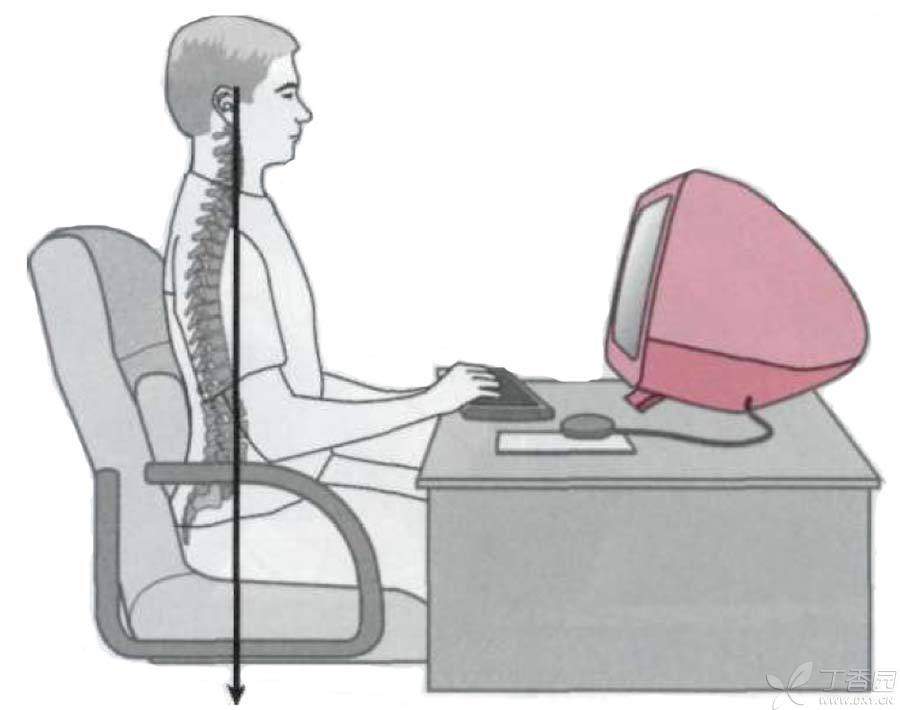
Sit correctly, The first is to sit up straight, Spread your shoulders back and relax naturally, Two upper arms close to the body, The elbows bend naturally so that the forearms are placed on the table. Because the shoulders are open, The head will naturally be backward, ensuring the normal physiological bending of the cervical spine. In this posture, for the cervical spine, the center of gravity of the head just falls on the supporting point of the first cervical spine, the neck muscles are basically in a relaxed state, and the cervical spine only bears the pressure of the head, which is the state of the lowest load. The same reason, the lumbar spine is also in the state of the lowest load under the sitting position.
After sitting on the wrong seat… … …
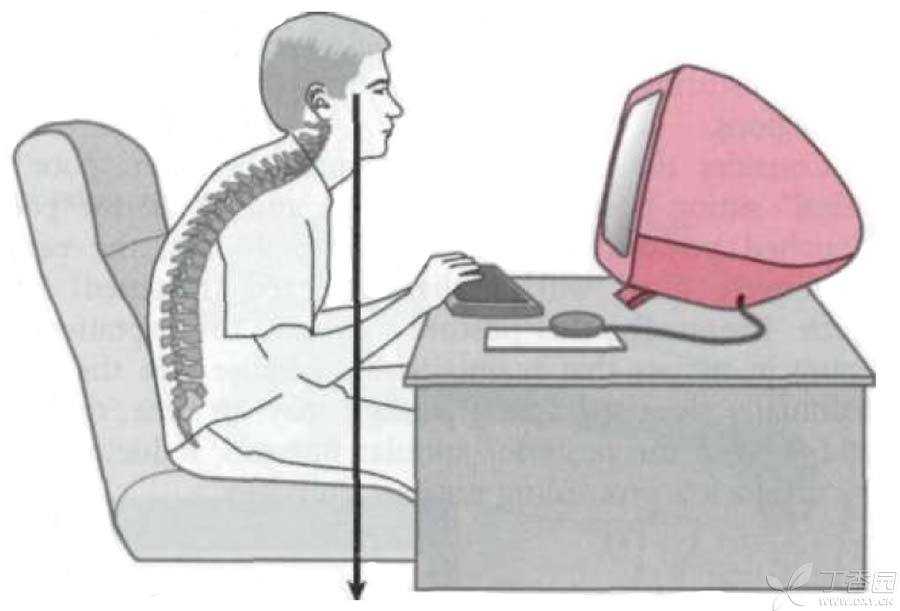
As that seating time extend, Most people tend to hunch over, The body’s center of gravity gradually moves forward. At this time, If the head is still in a fixed position with the torso when sitting upright, You’re going to bend your head, Which is clearly impossible to maintain, Because you still have to keep your eyes straight ahead. Therefore, The muscles at the back of the neck must contract to achieve the purpose of raising the head. However, prolonged muscle contraction leads to muscle spasmodic pain. Myofascial injury is manifested as the soreness of the neck and back that occurs when we sit in front of the computer for a long time. In addition, the contraction of the muscles at the back of the neck doubles the pressure on the cervical spine, accelerating the degeneration of the cervical intervertebral disc and vertebral body structure, and eventually leading to various types of cervical spondylosis.
Sit as if you were sitting
Knowing the injury mechanism, we will naturally know the principles of prevention and treatment: maintain normal posture and reduce load as much as possible; Strengthen the proprioception of trunk and cervical spine so that you can feel posture changes at any time; Strengthen muscle control, not only have more strength to withstand load, but also need to learn to relax to avoid spasm.
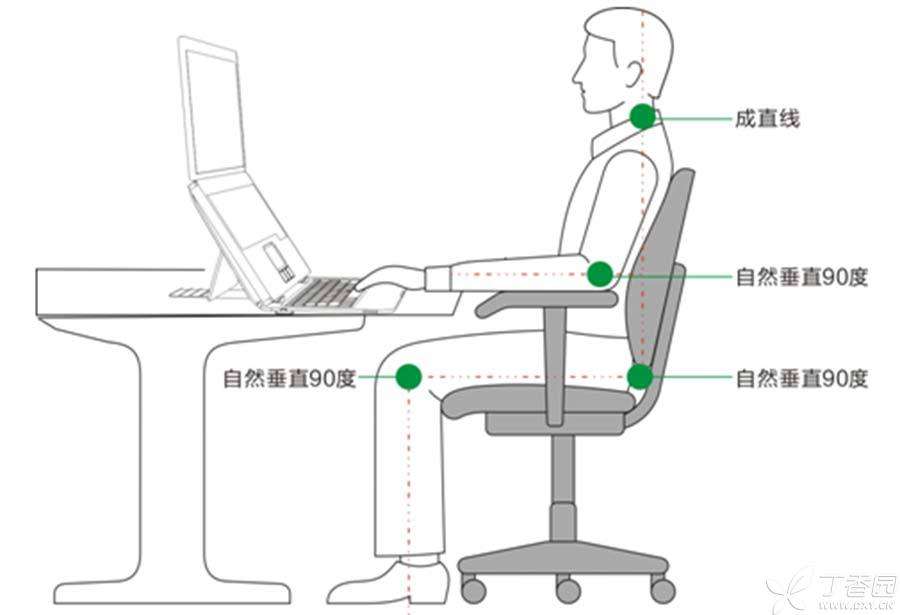
As shown above, keep the correct sitting position starting from the seat:
The standard of seat height is that both feet are placed on the ground to ensure that the knee joint is 90 (the accurate measurement is the length from the ground to the fibular capitulum);
The thighs and buttocks are all in contact with the seat to ensure uniform stress.
The trunk is upright, and it is best that the waist has a support that conforms to the physiological lordosis of the lumbar spine.
The neck is upright and slightly extended back to ensure the neutral position of the head, with both eyes looking up or down at 15 degrees.
The shoulders are spread back and relaxed so that the upper arms naturally droop.
The height of the desktop (plus keyboard) or armrest is the same as that under the forearm.
Use the mouse to keep the wrist horizontal and not dorsiflexion.
Practice your muscles!
The training method depends on the training conditions. If conditions permit, you can go to the sports medical clinic or gym for equipment training. Without conditions, the training effect can also be achieved with bare hands or simple equipment at home. The training mainly includes two aspects: drafting and neck and back muscle closed chain exercise.
Drafting is mainly for pectoralis major muscle, levator scapularis muscle, superior trapezius muscle and sternocleidomastoid muscle. All drafting movements should be slow and continuous, with the goal of feeling slight muscle traction. Keep drafting for 30 seconds each time, 3 groups per day.
1. Drafting of pectoralis major muscle
Use the wall for one-sided drafting, relax as much as possible, and lean forward with the weight of the body.

You can also draw both sides and neck at the same time: back against the wall, both upper limbs and head are attached to the wall.
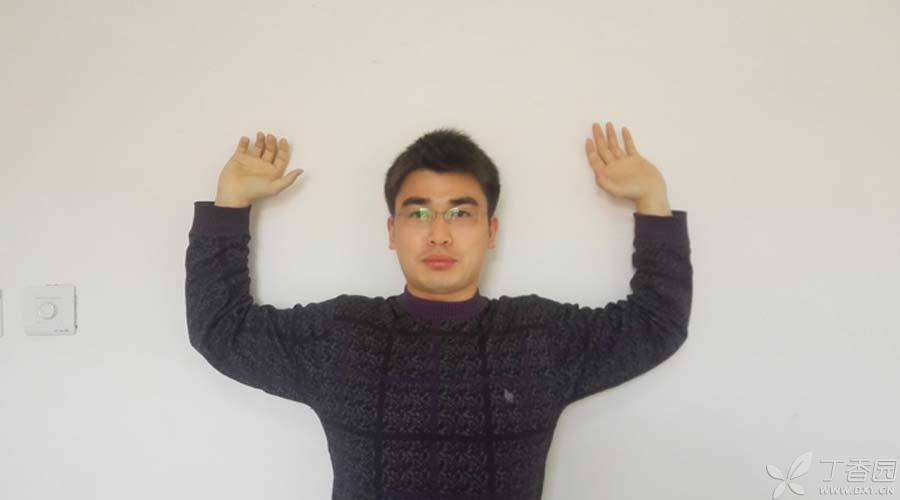
It can also be performed in the supine position.
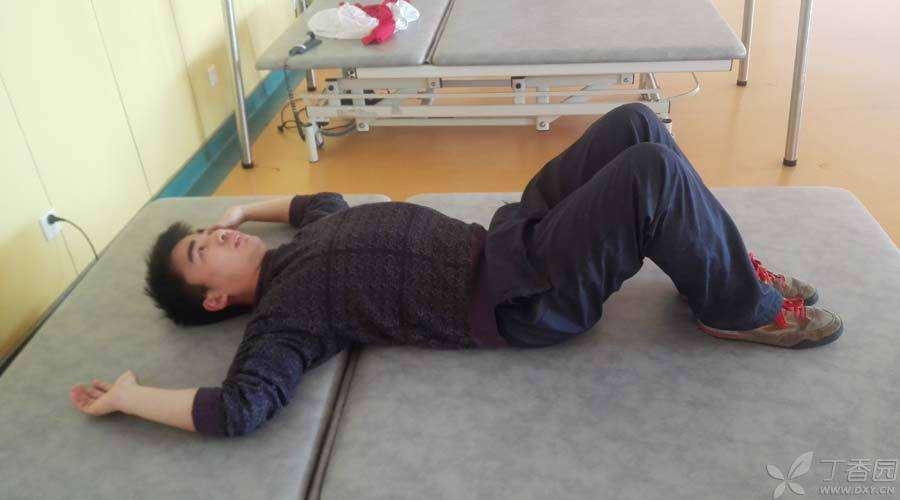
2. Drafting neck and back muscles
Hands pass through the opposite side of the head and pull the head slightly in the opposite direction to keep the opposite shoulder relaxed and sinking.

3. Drafting latissimus dorsi muscle
One hand is bent back over its head, the other hand is held from behind, the body is tilted and slightly bent forward.
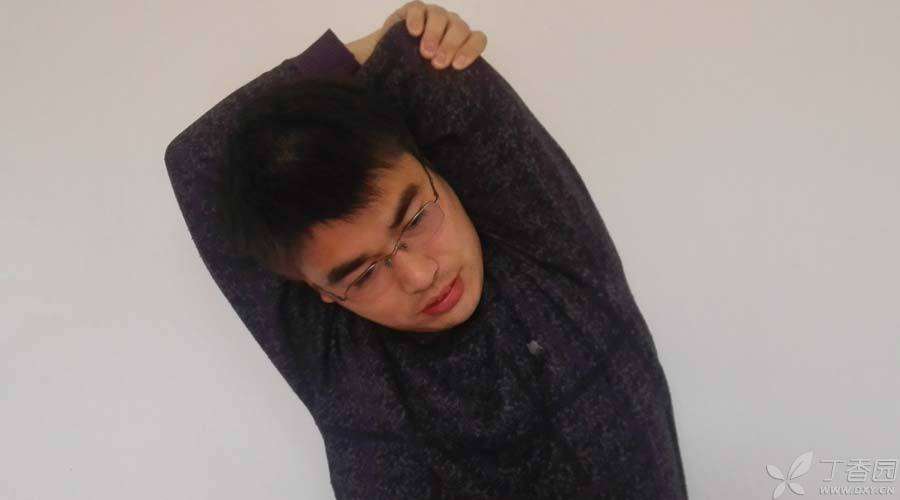
4. Neck and dorsal muscle closed chain training
Lean your head back, cross your hands behind your head to give resistance to your head and keep your head in a neutral position.

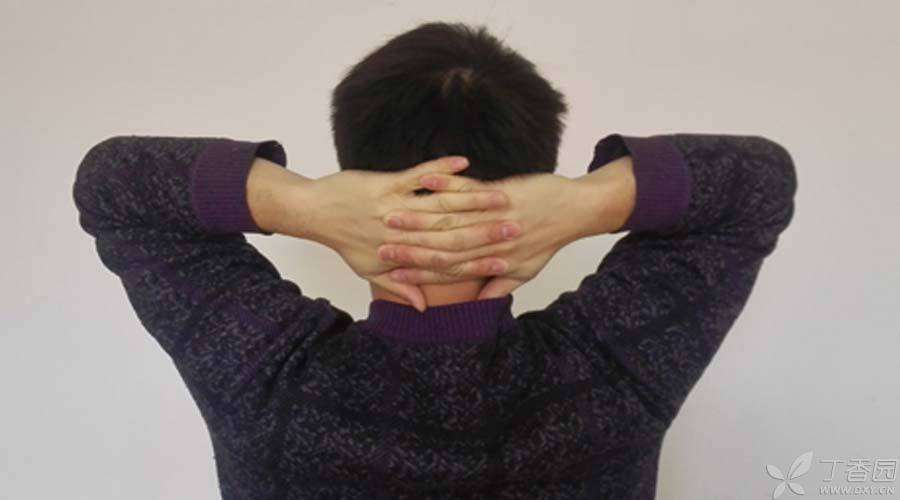
If conditions permit, you can also practice this action with elastic belt:
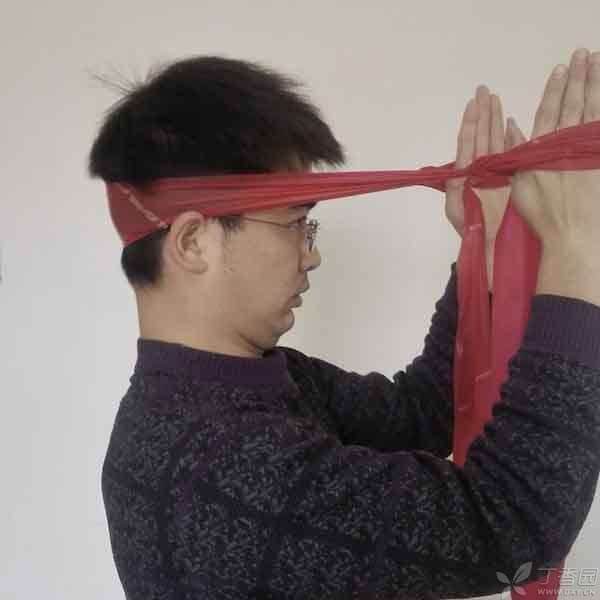
Or practice on the bed:
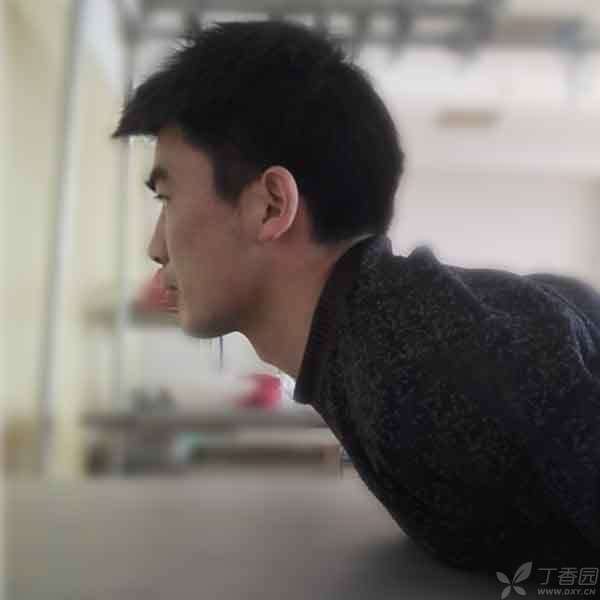
Lying on the bed with a suitable pillow under the back can also practice neck and back strength:
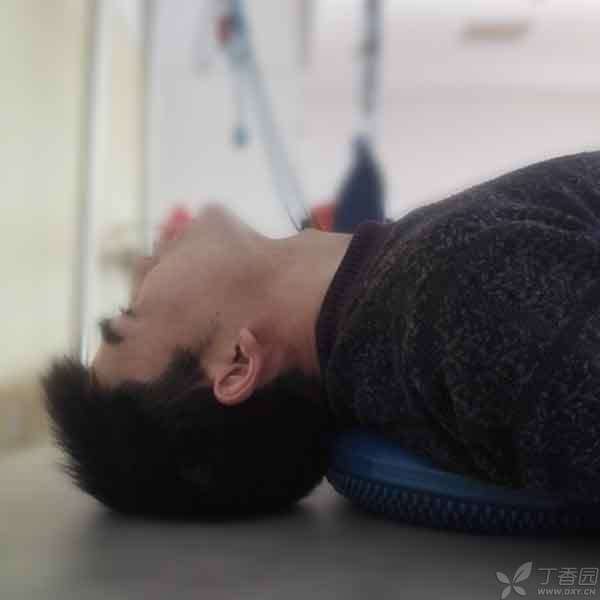
Keep static contraction for 6-8 seconds at a time, and do the next time after resting for 2-3 seconds, 10 times for each group and 10 groups per day. All strength training does not emphasize excessive load, but emphasizes the feeling of slow and sustained force exertion and maintenance.
Finally, it should be noted that even in the correct posture, you cannot continue to sit for more than 30-40 minutes. It is best to get up and exercise every 30-40 minutes and do several drafting or exercise exercises.
Responsible Editor: Wang Yucheng
This article is exclusively authorized by the author to be used by Clove Garden and refuses any other form of reprinting.
